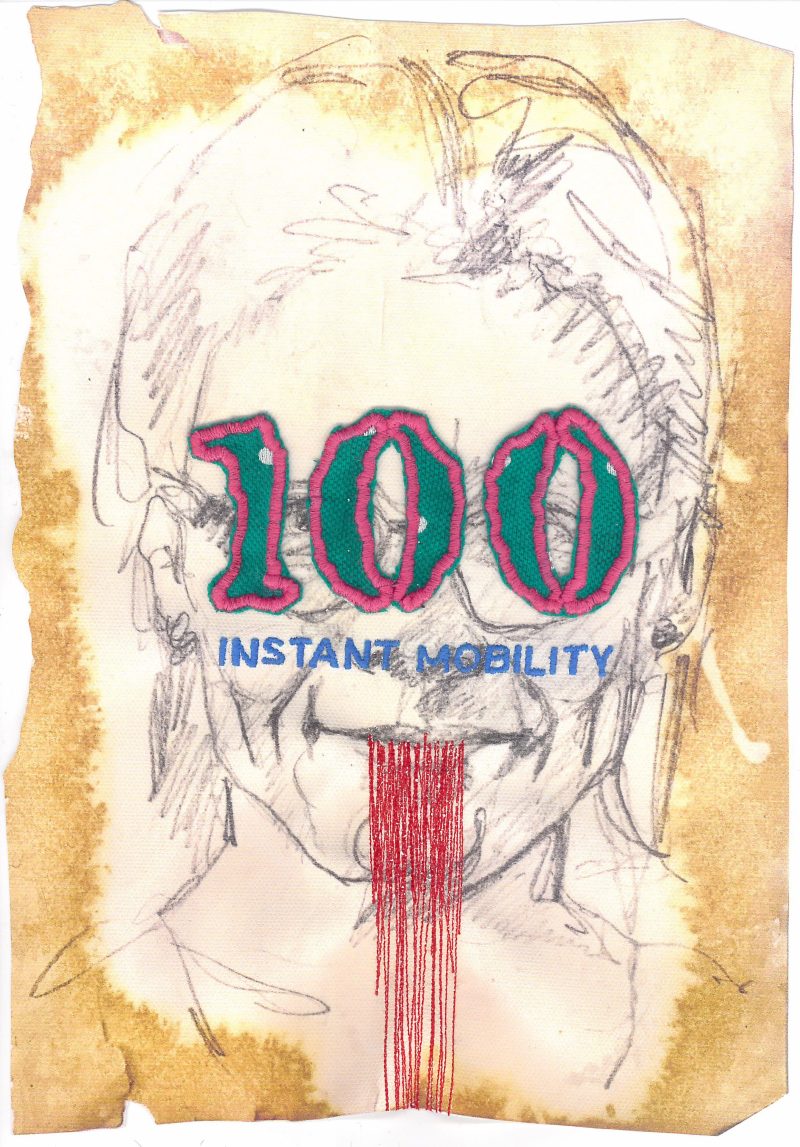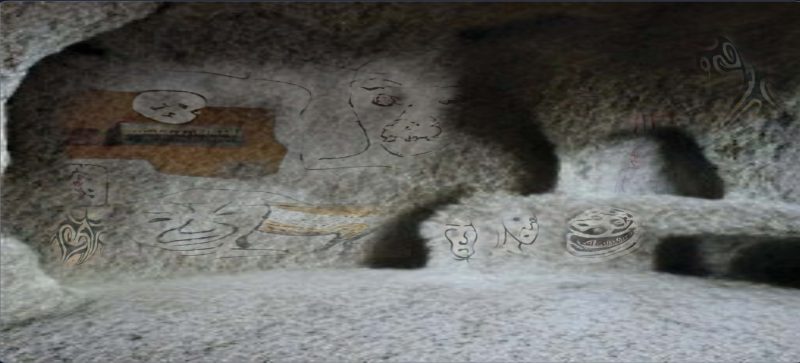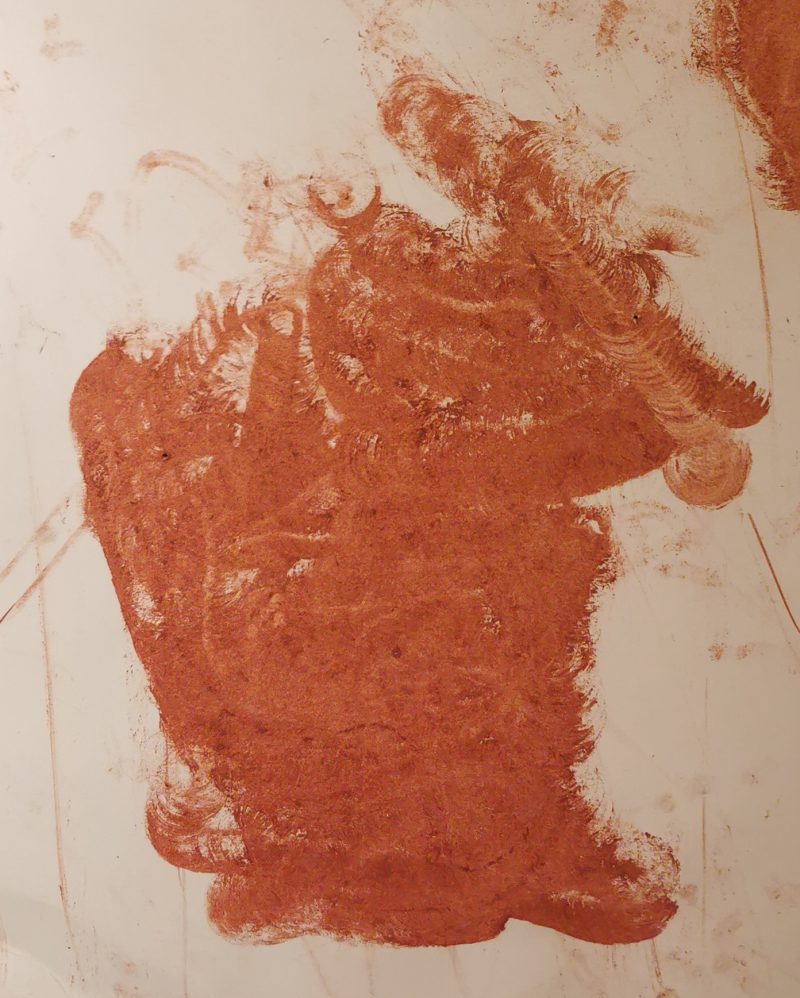
Magdalena Ujma
EDITORIAL: ‘OTHER’ CIRCUITS
Many cultural circuits are functioning today without gaining sufficient attention from observers of the field of art. Many of them remain even invisible. The conceptual framework in which a significant part of the history of contemporary art is situated remains too narrow to include phenomena located in the alleged margin, despite the attempts to expand the boundaries of the discipline and make the definition of the object of its research less hermetic. The same applies to today’s art criticism, which suffers from a kind of tribalism, expressed mainly in dealing with each critic’s own social sphere.
According to postmodern culture theorists such as Boris Groys, the boundaries between artistic disciplines are fading. Painting or sculpture are no longer there today, neither is drawing, or even design art. Or at least they are supposed to be gone. A contemporary artist should act like a designer – the concept being the most important – and only later select the appropriate media: techniques, materials, means of expression.
At a certain level, these recommendations are justified. After all, the observation regarding design coincides with the theories of creativity, reaching deep into the past. It is the idea or concept that can be found behind a work of art or – more broadly – any creative act. However, this is not the first time that life verifies theoretical assumptions. Art disciplines are thriving today, especially painting, which is dictated by the market after all. Individual circuits – entities larger than disciplines – are in just as good a shape, with an emphasis on how art is produced and how it is perceived.
For this reason, circuits may or may not be identical to artistic disciplines. Encompassing the social functioning of art, they will involve enthusiasts of comic books and early computer games, people gathered around a gallery, or readers of biographical novels about famous artists. In the issue of ‘Elementy’ which we are now presenting to you, we are trying to analyse several examples of such circuits, e.g., through their representatives and methods of operation.
To begin with, I invite you to become familiar with the editorial discussion during which we try to outline the thematic field and possible ways of addressing the topic of circuits ‘other’ than the mainstream ones. We find examples of such circuits, we reflect on how they work and how they can be studied. Michał Zawada completes the discussion with his essay. There will be a proposal of a conceptual framework for the theory of functioning of the artworld and regimes of visibility, with a postulate to introduce the category of a global ‘museum’. Admittedly, artistic creativity may exist outside of such a museum, but with no chance of gaining recognition. Another text establishing a theoretical framework – based on mathematics in this case – is Joanna Nikodem’s essay. The author deals with topics including the distance on the Internet and wonders whether the concepts of province and centre can be used in the case of this – mainstream, after all – communication medium.
Another group of texts is formed by attempts to specify the subject by indicating areas that may meet the definition of a ‘different’ circuit of art we are interested in. Anita Wincencjusz‑Patyna takes up the topic of informative picture books, where she distinguishes a subgroup of children’s books intended to introduce young readers to the issues of contemporary art. Łukasz Murzyn reviews art penetrating metaphysical and religious areas. He sketches a panorama of the contemporary edition of such art, recalls the category of the sacred and discusses its diversity. Cezary Hunkiewicz, on the other hand, touches on the topic of street art, significant in Poland a few years ago and now waning in a broader sense. The author reflects on the reasons for this state of things and raises the issue of commercialisation.
Another group of texts are the ones that highlight people who have taken, for various reasons, an outsider’s position. Piotr Lisowski shows the figure of Jerzy Ludwiński as one who consistently moved around the peripheries of the art world, at the same time constituting a one‑person centre for the (post-) artistic system, along with the environment he created. Agnieszka Jankowska‑Marzec takes a closer look at the process of change of the critics’ opinion about the work of Jerzy Duda‑Gracz, in which we can see his transition from a recognised artist to an ‘accursed’ one. Jarosław Lubiak interprets the entirety of Jan Honza Zamoyski’s diverse creation, showing how he consistently maintained his position off the mainstream artistic life.
In her visual essay, Joanna Wowrzeczka shows the effects of activities related to the already collapsed textile industry in Cieszyn. Karolina Jarzębak penetrates the outskirts of the web and the strange similarity of cave paintings to second‑rate internet artworks. Maciej Sieńczyk describes the activity of a domestic inventor and, in passing, he shows how much it has to do with creativity; parenthetically, he also deals with the art of drawing. Jakub Argasiński and Mikołaj Spodaryk talk about the pioneering years of demoscene in Poland.
The materials we have collected in ‘Elementy’ give but a fragmentary picture of what may be considered as research material on ‘other’ ways of producing, understanding, and receiving art. We hope to act as a spur to new publications and research on those areas, barely visible or invisible to researchers and critics so far.
Magdalena Ujma
art historian and critic, curator of modern art exhibitions and projects. Has a degree in the history of art (Catholic University of Lublin) and culture management (Ecole de Commerce, Dijon). Ran the NN Gallery in Lublin and worked in the Kresy literary quarterly, in the Museum of Art in Łódź and in the Art Bunker Gallery in Kraków. Takes care of the collection in the Cricoteka Centre for the Documentation of Art of Tadeusz Kantor in Kraków. President of the Polish Section of the International Association of Art Critics (AICA).
ORCID



